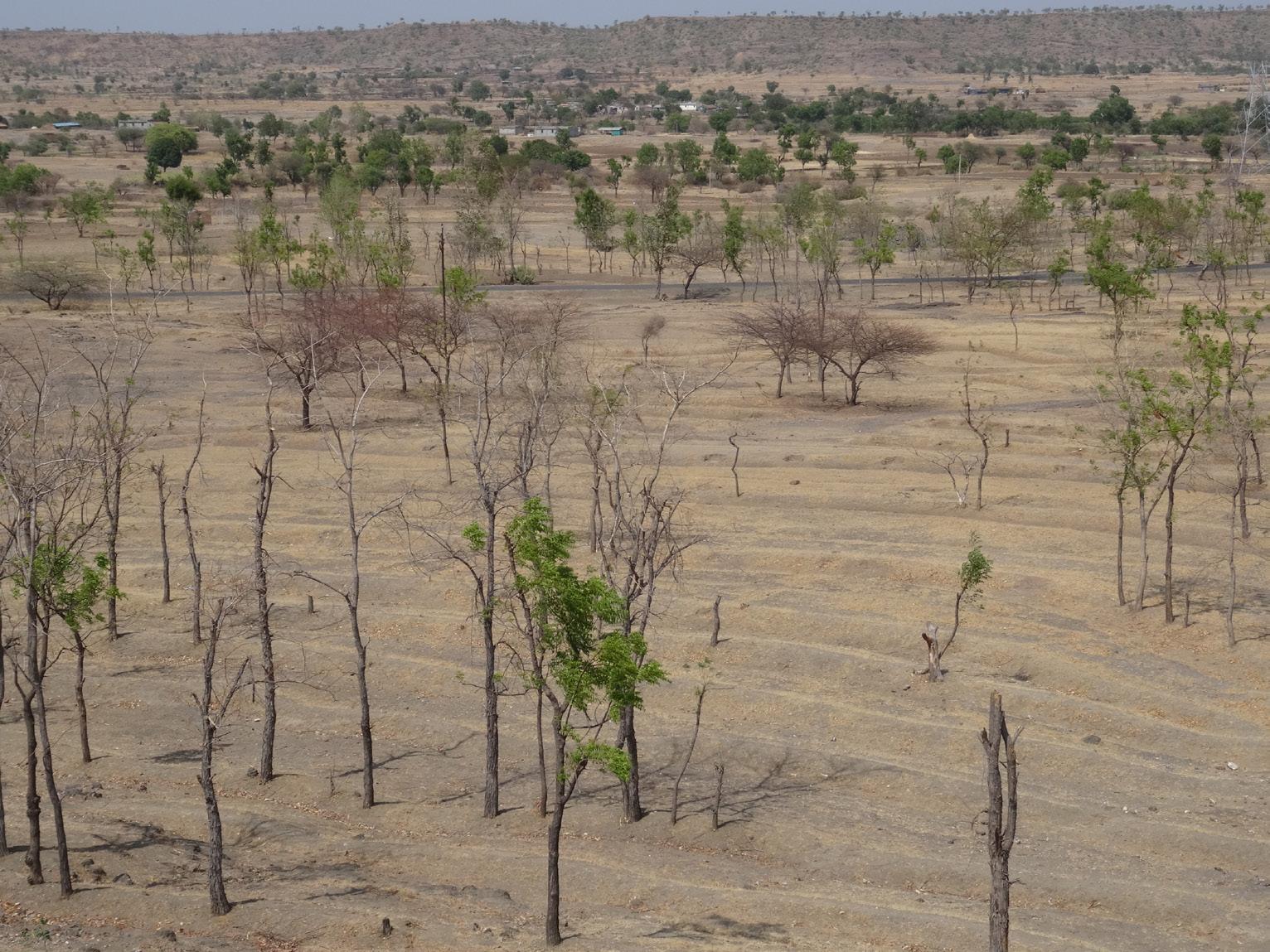
3 minute read
Exercise 6: Community adaptation goals
When forming the small groups, bear in mind that each group should have at least one member who can read and write. Otherwise, symbols should be used.
Add-on: Annex V includes the Gender Action and Learning System, a tool with a particular focus on the role of gender relations in improving community development. In this exercise, participants identify short- and long-term adaptation goals for the community. As in previous modules, facilitators conduct the exercise in separate groups of men and women, and if minorities are involved another separate session is also a good idea. After each group has defined their goals, the facilitators bring together the men and women (and minorities if they have a separate session) into a single discussion of their respective results.
Facilitation
Facilitators provide pencils or markers in multiple colours and smaller paper cards of various colours. Facilitators prepare large sheets of papers on which participants will develop adaptation paths during this and the next exercise. Based on the hazard-response-action table in the Module 4 summary, facilitators prepare one sheet for each hazard and its related impacts where the table indicates a high need for action.
The facilitators explain that a goal is a situation we want to see in the future, and that the task here is to develop goals that take into account the observed and projected changes due to climatic impacts in the community, village and region.
Participants form groups of 2–3 people, and each group identifies goals related to the impacts of the priority hazards on one of the sheets prepared by the facilitators. The groups should distinguish between short-term (1-3 years) and long-term (10 years) goals, and work for 20 to 30 minutes writing down the goals they consider important. Then the groups present their goals, and the facilitator arranges the goals according to hazards and impacts, clustering those goals that are similar and suggesting ways to merge similar goals (see example of adaptation path sheet below).
The objective is to have no more than five long-term goals in order to keep the number of goals manageable for planning. If more than five long-term goals remain after the clustering, do a ranking in order to agree on the five most important long-term goals. For ranking methods see Exercise 3 and Annex IV.
Soil erosion
Flood
Water pollution
Loss of income
Soil erosion
Flood

Water pollution
Loss of income
The discussion should make the goals specific to the community. If rehabilitation of degraded land is mentioned, for example, the goal should specify which areas in the community to target.
Be careful not to drop gender-specific goals during merging.
Discussion
The facilitators bring together the men and women (and minorities if they have a separate session) into a single discussion of their results. In this session the goals of the gender-segregated groups are merged where they are similar.
Facilitators can use following questions to guide the discussion:
Which impacts were most critical to women, which to men, and to minorities if there was a separate session?
Where do the goals agree, and where do they differ? Why were certain considerations more important to one group?
How well do the identified goals fit their short- or long-term time frames?
Are some goals similar, related or dependent on each other?
Can some goals be merged?
The facilitators and note takers should take notes of any discussion of why certain goals are difficult to reach and what the obstacles might be. Exercise 9 considers these issues in checking for feasibility of community planning.
The final list should include a maximum of eight long-term community adaptation goals and related short-term goals. Again, if too many goals remain, do a ranking. But be careful not to drop gender-specific goals or those important to minorities or other vulnerable groups identified in the Exercise 4 vulnerability assessment.

Plan 45 minutes for preparation, 60 minutes for identification of goals and 60 minutes for discussion.
Remember to document the results. Annex III has templates that may be helpful.
Rehabilitated watershed in semi-arid area (during the dry season), India
Discussing community goals, Bangladesh










